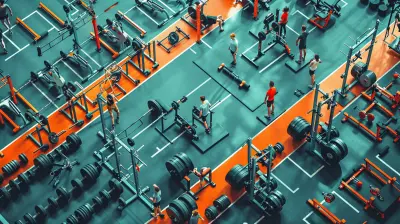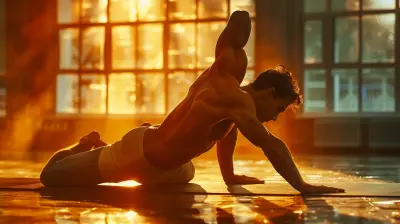Choosing the Perfect Running Shoes for Your Marathon
10 June 2025
Running a marathon is no small feat. It's a test of endurance, strength, and willpower. But let’s be honest – all of that hard work could go down the drain if you don’t have the right shoes. I mean, could you imagine running 26.2 miles in the wrong pair? Blisters, pain, and possibly even injury are all too common when your shoes aren’t up to par. So, how do you go about choosing the perfect running shoes for your marathon? Well, buckle up (or lace up, in this case) because I’m about to walk you through everything you need to know.
Whether you’re new to marathons or you’ve been tackling the pavement for years, this guide will help you make an informed decision, so you can focus on what really matters – crossing that finish line.
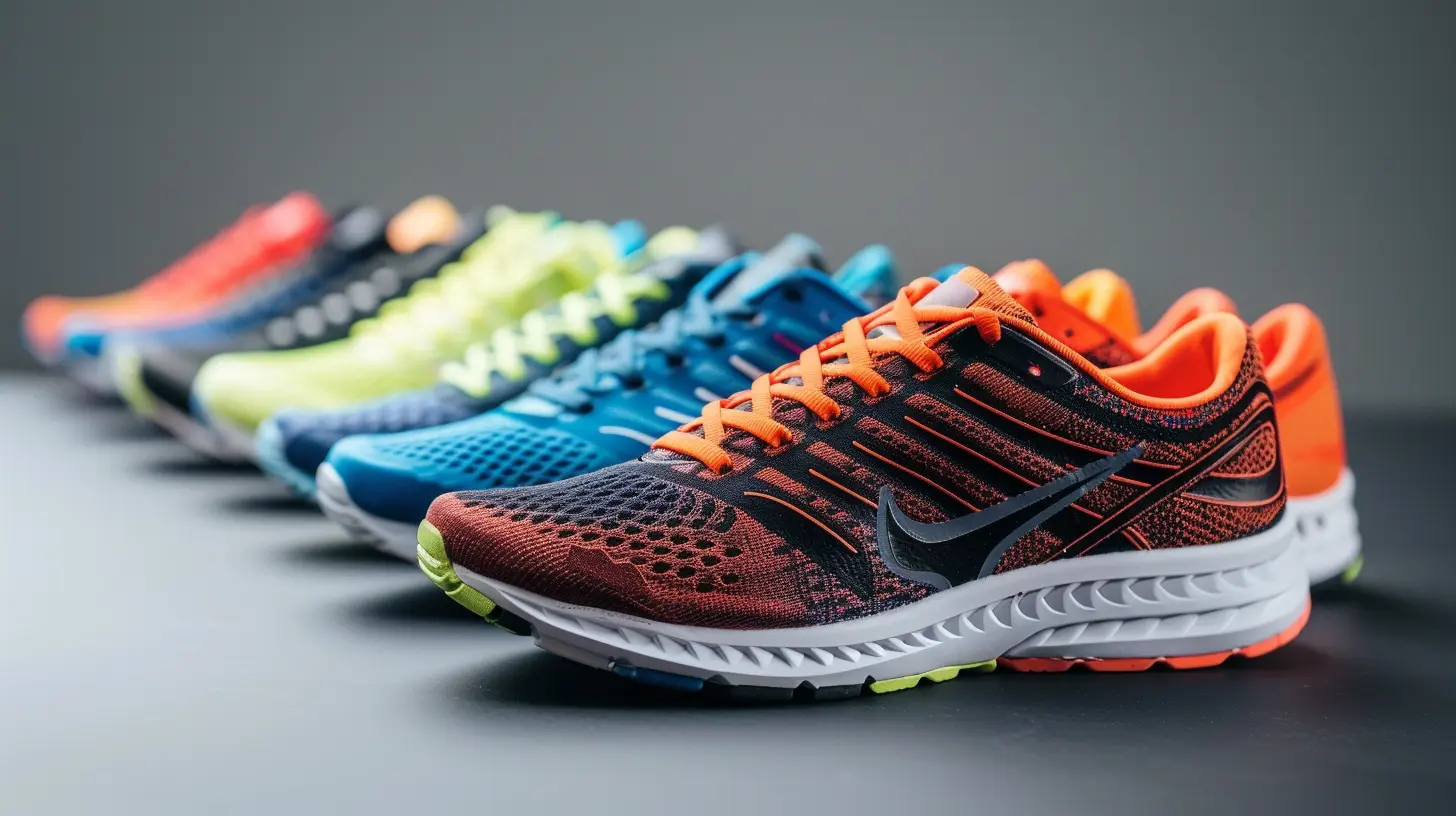
Why Choosing the Right Running Shoes Matters
First things first, let’s talk about why this is such a big deal. You might be thinking, “How much difference can one pair of shoes make?” Well, a lot.The right pair of running shoes can be the difference between feeling like you're floating on air or feeling like you're dragging your feet through quicksand. They provide the necessary support, cushioning, and stability that your feet – and entire body – need to handle the pounding of each step for miles upon miles.
Running shoes aren't just about comfort; they also help to prevent injury. The wrong shoes can lead to a host of problems like shin splints, plantar fasciitis, and knee pain. In a marathon, where your body is already being pushed to its limits, the last thing you need is an easily avoidable injury caused by improper footwear.
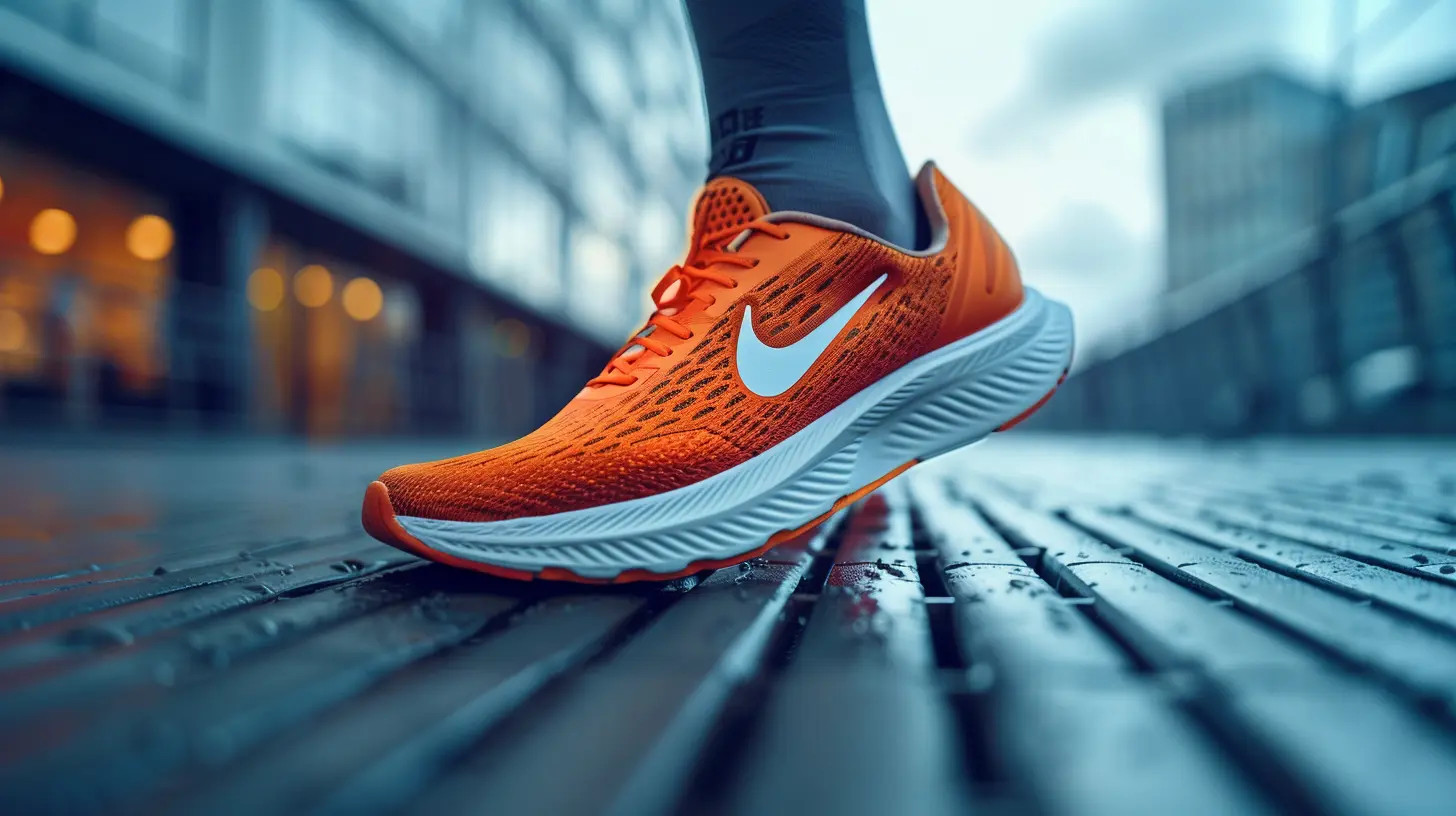
Consider Your Foot Type
Before we dive into brands, styles, or anything else, you need to know what kind of feet you have. Yeah, I know it sounds weird, but bear with me.Arch Type
Your arch type plays a big role in what kind of shoe you should be looking for. Everyone’s feet have different arches, and they generally fall into three categories:1. Flat Feet: If you have flat feet, your arches collapse when you run, which can lead to overpronation (when your feet roll inward too much). Look for shoes with motion control or stability features to help keep your foot aligned.
2. Normal Arches: Lucky you! If your arches are normal, you're probably a neutral runner. You can usually get away with a wider variety of shoes, but you'll still want to focus on good support and cushioning.
3. High Arches: High arches often lead to underpronation (when your feet don't roll inward enough), which can cause shock to travel up your legs. You'll need shoes with extra cushioning to absorb the impact.
Gait Analysis: Know How You Run
Another thing to consider is your running gait. Many running stores offer free gait analysis, where they’ll watch you run and determine how your feet hit the ground. This is super helpful because it can guide you to shoes that fit your running style.If you're an overpronator, you’ll need more structured shoes to prevent your feet from rolling inward. If you're a supinator (underpronator), you'll want shoes with extra cushioning to absorb the impact.
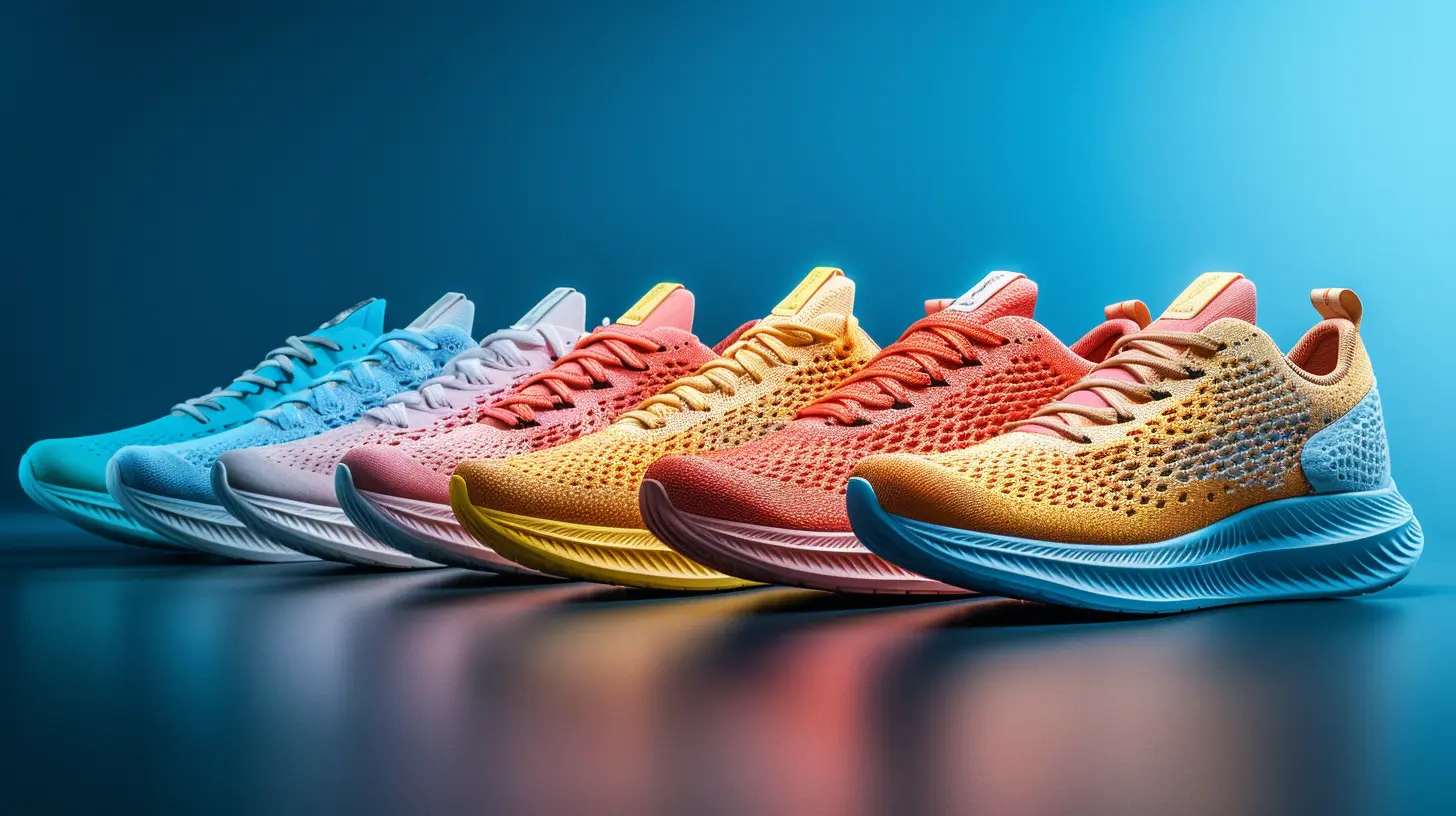
Key Features to Look For in Marathon Running Shoes
Now that you’ve got a better understanding of your foot type and gait, let’s get into the nitty-gritty of what makes a marathon shoe worth your while.1. Cushioning
Cushioning is essential, especially if you’re running long distances like a marathon. However, there’s a balance to strike here. Too much cushioning can make the shoe feel bulky, while too little could leave your feet sore and beaten up after the race.Opt for shoes with the right amount of cushioning that suits your running style and foot type. For instance, if you’re a heavier runner, you might need more cushioning to help absorb the impact. On the other hand, if you're a lighter runner, you might prefer something a little sleeker.
2. Breathability
When you're running a marathon, your feet are going to sweat – a lot. The last thing you want is for your shoes to trap all that moisture, leaving you with soggy, uncomfortable feet. Look for shoes made from breathable materials, like mesh uppers, which allow air to circulate and help keep your feet dry.3. Weight
Weight matters. Marathon shoes should be lightweight enough that they don't slow you down, but still offer the support and cushioning you need. It’s a delicate balance. Shoes that are too heavy can tire you out faster, while shoes that are too light might not provide enough support for the long haul.4. Fit
This might seem obvious, but your shoes need to fit – really well. Too tight, and you'll be dealing with blisters and pinched toes. Too loose, and your feet will slide around, leading to friction and hotspots.Make sure you have about a thumb's width of space between your big toe and the end of the shoe. Your feet will swell during the race, so you don’t want them crammed in there from the start.
5. Durability
Let’s face it – marathon training is brutal on shoes. You’re going to be logging hundreds of miles during training, so you need a pair that can withstand the wear and tear. Look for shoes that have a durable outsole (the part of the shoe that hits the ground) and strong upper materials.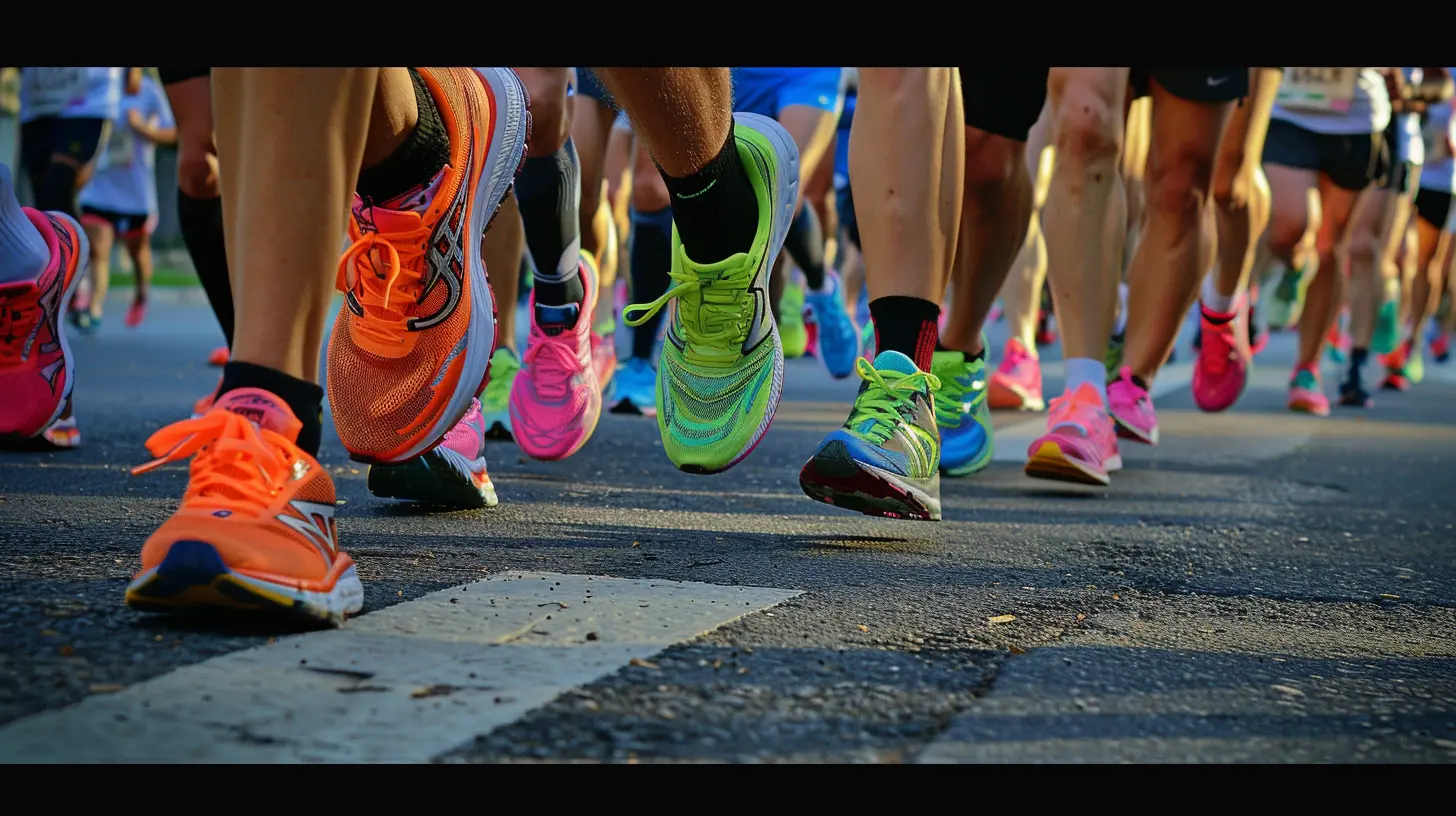
Types of Marathon Shoes
There’s no one-size-fits-all shoe for marathon runners. It all depends on your feet, your running style, and your personal preferences. However, here are a few categories of marathon running shoes to be aware of:1. Neutral Running Shoes
Neutral shoes are designed for runners who have a normal gait, meaning their feet don’t roll inward or outward excessively. These shoes tend to be lighter and more flexible, allowing for natural foot movement.2. Stability Shoes
If you overpronate, stability shoes are your best bet. These shoes have additional support on the inside of the foot to prevent your ankle from rolling inward. They offer a good balance between cushioning and support and are great for runners who need a little extra help with alignment.3. Motion Control Shoes
For runners with severe overpronation or flat feet, motion control shoes provide maximum support and stability. They’re a bit bulkier and heavier, but they do an excellent job of keeping your feet aligned.4. Minimalist Shoes
Minimalist shoes are designed to simulate barefoot running, with little to no cushioning or support. These can be great for experienced runners with strong feet and an efficient running style, but they’re not recommended for beginners or for marathon distances without proper conditioning.5. Carbon-Plated Shoes
If you’ve been keeping up with the latest running shoe trends, you’ve probably heard about carbon-plated shoes. These are designed with a carbon fiber plate in the midsole that helps propel you forward and make your stride more efficient. Some elite runners swear by them for race day, but they can be a little pricey and may not be the best choice for everyone.Breaking In Your Shoes
Once you've found the perfect pair, don’t make the rookie mistake of wearing them for the first time on race day. That’s like showing up to a marathon without any training – a disaster waiting to happen.Instead, break them in gradually. Start by wearing them on shorter runs to get a feel for how they perform. Pay attention to any discomfort or hotspots and make adjustments if needed. The goal is to have them perfectly broken in by the time race day rolls around, so they feel like an extension of your feet.
When Should You Replace Your Marathon Shoes?
Shoes don’t last forever, unfortunately. Most running shoes have a lifespan of about 300-500 miles, depending on the brand, model, and how you run. If you’re logging a lot of miles in preparation for your marathon, chances are you’ll need to replace your shoes before race day.Signs that it’s time to replace your shoes include:
- Worn-out treads
- Compressed cushioning
- Pain or discomfort during your runs
- Visible signs of wear and tear
Don’t wait until your shoes are totally beat up before replacing them. Running in old, worn-out shoes can lead to injury, and that’s the last thing you want when training for a marathon.
Conclusion: Take Your Time, Choose Wisely
Choosing the perfect running shoes for your marathon is a process that shouldn’t be rushed. Take your time, try on multiple pairs, and don’t be afraid to test them out before making a decision. Remember, everyone’s feet are different, so what works for someone else might not work for you.At the end of the day, the right shoes will make a world of difference in not only your comfort but also your performance. So, lace up, hit the pavement, and get ready to crush that marathon!
all images in this post were generated using AI tools
Category:
MarathonAuthor:

Nelson Bryant
Discussion
rate this article
3 comments
Cooper Baker
Great article! Choosing the right running shoes can truly make or break your marathon experience. Love the tips shared here—can’t wait to put them into practice for my upcoming race! 🏃♂️👟
June 23, 2025 at 11:38 AM

Nelson Bryant
Thank you! I'm glad you found the tips helpful. Best of luck with your marathon! 🏃♀️👟
Vincent Bass
Great tips! Finding the right running shoes can feel overwhelming, but it’s so worth it. Nothing beats that perfect fit on race day. Here’s to happy feet and personal bests! 🏃♂️👟
June 16, 2025 at 2:53 AM

Nelson Bryant
Thank you! I'm glad you found the tips helpful. Happy running and best of luck on race day! 🏃♀️✨
Edith Mercado
Selecting the right running shoes for a marathon is like choosing a dance partner—you need comfort, support, and a little bit of flair. Don't let blisters steal your spotlight; invest wisely and cross that finish line in style!
June 10, 2025 at 10:40 AM

Nelson Bryant
Absolutely! Just like in dance, the right shoes can make all the difference in your marathon performance. Comfort and support are key, so choose wisely to ensure you shine on race day!
